How to choose the right data annotation strategy for your AI model?

This article is a submission by Fusion Business Solution (P) Ltd.-FBSPL. Fusion Business Solution (P) Ltd. (FBSPL) is a Udaipur, India-based company providing Business Process Outsourcing, management, consulting, and IT services, with operations in New York, USA.
The strength of an AI model isn’t defined by its algorithm alone. What really determines its success is the quality of the data it learns from.
Put it another way, if the information it’s trained on is messy, mislabeled, or missing vital details, even the smartest model will trip up. This is where a solid data annotation strategy becomes the quiet driver of dependable AI.
That said, it’s rarely a smooth road. Many teams dive into annotation full of energy, only to discover midway that the task is larger, costlier, and trickier than they ever expected. What starts as an in-house experiment often grows into a complex operation.
And that’s the point where data annotation outsourcing or data annotation services for AI and ML models isn’t just a backup option anymore, it’s often the only practical way forward.
This post takes a closer look at the stumbling blocks in annotation, why accuracy isn’t negotiable, and how choosing the right data annotation outsourcing partner can decide whether an AI project delivers results or stalls out.
The hidden challenges in data annotation
It’s tempting to think of annotation as just tagging or categorizing, but that view underestimates its weight. Every label becomes part of the foundation an AI model learns from. When those foundations wobble, the whole system tilts.
A mislabeled medical image might lead to a wrong diagnosis. A poorly tagged sentiment in customer reviews could skew a product launch strategy.
Accuracy isn’t a nice-to-have, it’s the heartbeat of performance, and why your AI model fails without proper data labeling is often because these early missteps go unnoticed.
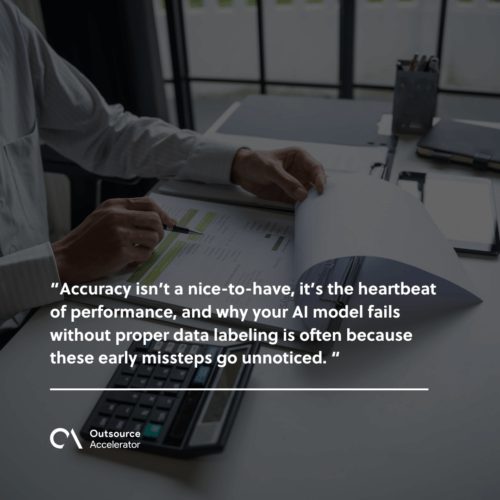
Here are a few of those under-the-radar issues that tend to sneak up:
Scaling is rarely smooth. A thousand labels feel manageable. But stretch that to millions, and suddenly the process is full of bottlenecks. Models trained on rushed, inconsistent labels suffer for it.
Automation misses the gray areas. Software can churn through data quickly, but it often fails on context. A sarcastic comment in text, or a faint shadow in a medical image, these need human eyes.
Monotony breeds mistakes. Annotation is repetitive work. Even skilled teams lose focus over time, and small slip-ups begin to multiply across the dataset.
Budgets balloon quietly. Costs don’t just sit in software licenses. Re-labeling, error correction, and new rounds of annotation creep in, pushing expenses far past what was planned.
Guidelines get lost in translation. If annotators don’t have crystal-clear instructions, the same data point can end up with conflicting labels. The AI doesn’t know which is right, and performance suffers.
Why accuracy and completeness drive AI model performance
The uncomfortable truth about AI is that models aren’t “thinking” in any real sense. They’re copying. They latch onto whatever patterns show up in their training data, whether those patterns are right or wrong.
Which means even the smallest slip in annotation can steer the model down a very wrong path.
Think about healthcare for a second. An X-ray mislabeled by accident doesn’t just become a one-off error, it quietly trains the model to ignore signs of illness, setting up future misdiagnoses.
Or picture self-driving systems: a single traffic light marked incorrectly could translate into thousands of flawed predictions once the car is on the road.
This is exactly why discussions around how data annotation improves AI model accuracy aren’t just technical details—they’re survival tactics for any AI project, and how accuracy and completeness in data annotation impacts the performance of AI models shows how critical every label really is.
But accuracy alone doesn’t tell the whole story. Completeness is its shadow partner. A dataset that’s neat but narrow won’t prepare a model for real-world chaos.
The gaps don’t show up during testing, they show up later, when the system runs into an unfamiliar signal, accent, or edge case.
That’s when cracks appear. Models don’t fail in the lab; they fail in the wild, where the missing pieces matter most.
Aligning data annotation strategy with AI objectives
Annotation isn’t a one-size-fits-all game. What works beautifully for one type of AI project can completely derail another.
That’s where many teams lose time and money, they jump in with a single approach, only to realize halfway through that it doesn’t actually suit the problem at hand.
A system built to analyze medical scans needs a far more precise annotation process than, say, a chatbot learning how to interpret casual slang. Treating both the same is like trying to fix a watch with a hammer.
Here’s where the differences usually show up:
When dealing with images – Projects like radiology, retail cataloging, or autonomous driving demand segmentation, bounding boxes, or landmark tagging to capture fine detail.
For language-focused models – Tools like virtual assistants or review analyzers lean on entity recognition, classification, and sentiment tagging to make sense of meaning and tone.
In audio-heavy tasks – Speech-to-text engines or call center monitoring require careful transcription along with markers for pauses, pitch, or emphasis.
In multi-sensory systems – Complex AI that blends video, sound, and text benefits from a hybrid annotation approach, where methods overlap to preserve context.
The real trick isn’t about doing more annotation, it’s about doing the right kind of annotation. A mismatched strategy almost always shows up later as weak predictions, no matter how much data gets thrown at the model.
Leveraging advanced tools in data annotation services
Data annotation once meant long hours of humans clicking through images, drawing boxes by hand, or tagging line after line of text. It worked, but it was slow, expensive, and often left cracks in quality.
The landscape looks very different now. Tools have stepped in, not as replacements for human input, but as accelerators and safeguards in data annotation services.
Smarter starting points
Instead of staring at a blank screen, annotators now get pre-labeled data from AI-assisted systems. The machine makes the first guess, and humans fine-tune. This cuts the grind without losing accuracy, almost like having a draft to edit rather than a blank page.
One-stop ecosystems
Today’s platforms don’t just label. They store data, track workflow, and check quality all in one space. This reduces the old chaos of juggling spreadsheets, image files, and multiple tools.
Industry-shaped setups
Healthcare datasets look nothing like retail or autonomous driving. Tools now adapt, offering custom taxonomies, regulation-friendly workflows, and domain-specific shortcuts that keep projects practical instead of generic.
Guardrails for quality
Consensus scoring, real-time validation, and audit trails catch mistakes before they multiply. These built-in checks are the quiet backbone of trustworthy datasets.
Scaling without collapse
Handling thousands of images or documents once required huge teams. With modern platforms, distributed groups can work in parallel without bottlenecks.
The shift is clear: data annotation services for AI and ML models aren’t sidekicks anymore. They’re shaping whether an AI project survives the jump from the lab to the real world.
Data annotation strategies: manual, automated, and hybrid
Annotation isn’t a single road; it’s a set of choices. Each path has its strengths, weaknesses, and a time when it makes sense.
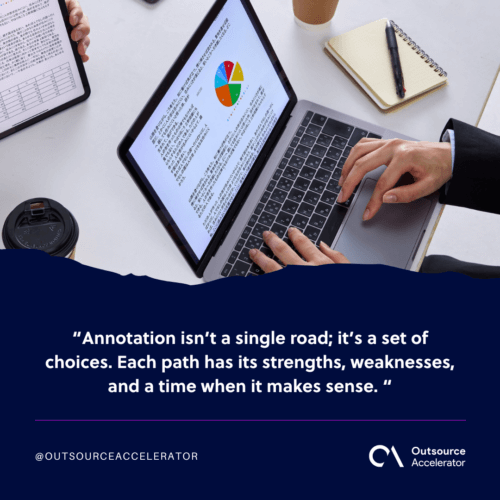
Manual labeling for precision
When errors aren’t an option, like diagnosing X-rays or reading legal contracts, people still do the heavy lifting. Slow, yes, but often the only way to guarantee trust.
Automated annotation for speed
Machines can tag at scale in hours instead of weeks. But unchecked, they embed mistakes into the dataset. Most teams now treat automation as a draft, not the final word.
Semi-supervised approaches for balance
A smaller, carefully labeled sample teaches the system how to handle the rest. It’s a shortcut that works best when datasets grow into the millions.
Crowdsourcing when scale is everything
Retail, social media, and language projects often pull in distributed workers. The catch is maintaining consistent quality across thousands of contributors.
Outsourcing as a lifeline
Many teams burn out mid-project. Specialized vendors step in here, bringing process, people, and tools that in-house setups can’t match.
Hybrid strategies as the reality
Few rely on just one approach. Critical cases go to experts, automation handles the bulk, and partners fill in the gaps. The smartest strategies juggle all three.
Choosing the right data annotation outsourcing partner
When the volume of data skyrockets, many organizations can’t keep up internally. Data annotation outsourcing steps in but choosing a vendor isn’t just about price.
The right partner should check a few key boxes:
- Knowledge of your industry’s data specifics
- Ability to scale without chaos
- Strong security standards for sensitive data
- Reliable quality checks baked into their workflow
It’s also worth remembering that poor annotation is one of the most common reasons AI models fail. A strong partner doesn’t just save money, they help you avoid becoming another statistic of failed projects. That’s why choosing the right data annotation outsourcing partner is critical.
Why high-quality data annotation makes or breaks AI projects
People talk about AI like it’s magic. Truth? Most of it falls apart because the data behind it is sloppy.
Labels are wrong. Datasets are half-baked. Models trained on that mess will look smart in a demo, then crash in the real world. It’s brutal, but it happens everywhere.
Annotation isn’t glamorous. Nobody posts it on LinkedIn. But skip it, or treat it like a box to tick, and months of work are wasted.
Every decision, manual or automated, in-house or outsourced, matters.
Speed versus accuracy, cost versus coverage, mess any of that up, and you’ve got a model that looks shiny on paper and useless on deployment. That’s how data annotation improves AI model accuracy with proper data annotation services.
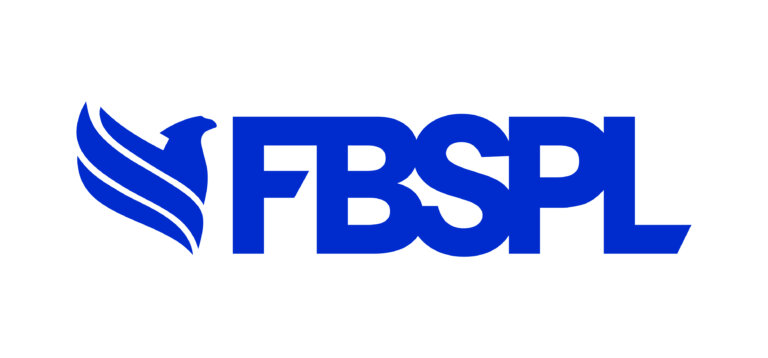
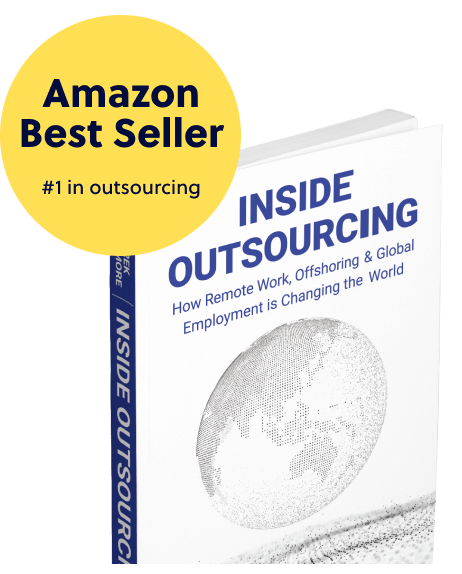



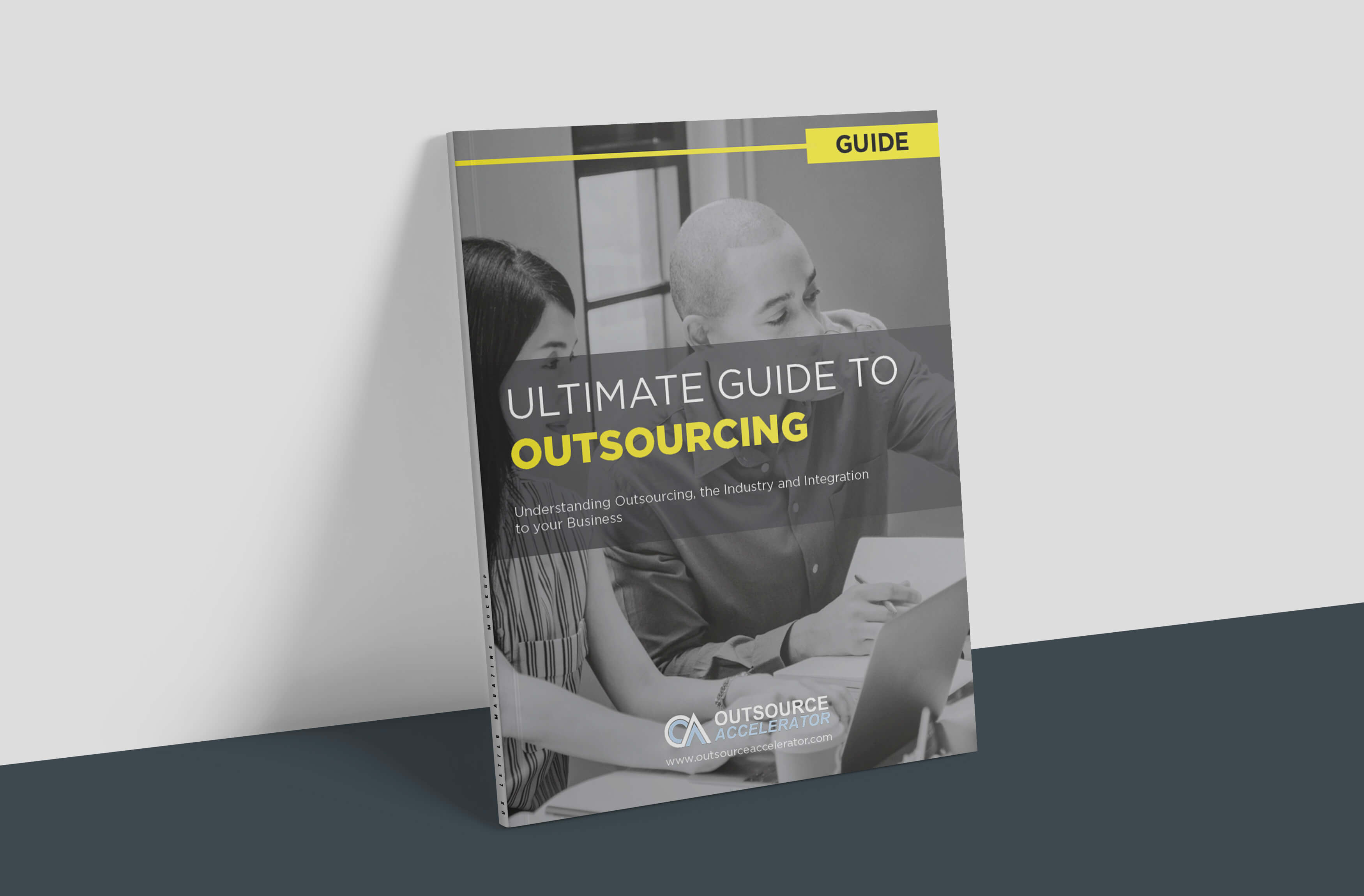

 Independent
Independent




